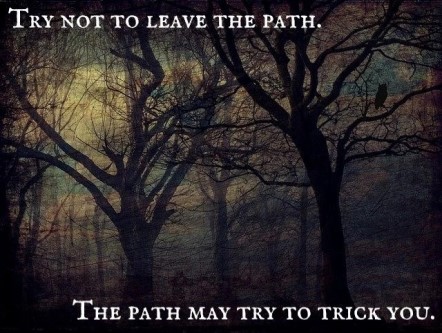TTRPG Thoughts: What Crooked Roots


What Crooked Roots is an supplement that is nominally for D&D 5e (but it could be applied to just about any RPG with a woodland setting) that includes 15 "folk horror" encounters written by Cassi Mothwin. Find it on itch.io and/or DriveThruRPG—wherever you prefer to buy your RPG supplements!
I've gotten a lot of use out of this supplement since buying it. I'm currently DM-ing a Curse of Strahd campaign for my regular D&D players, and folk horror is a great accompaniment to the module's heavy dose of gothic horror. My players have learned to be cautious in Barovia, but (since they don't read this blog) don't know that the jar of honey they received from the strange beekeepers has an interesting surprise in store for them. They'll find out when they spread it on their toast, I suppose?
I've noticed that my players remember Cassi's folk horror encounters very vividly. They still talk about the beekeepers and the mysterious mound during downtime activities—even a solid month after the sessions where those two encounters took place—and I'm eagerly awaiting their discovery of the other encounters I've scattered throughout Barovia.
The encounters are creepy and definitely raise one's hackles, but (at least in my opinion) don't veer down the avenue of needless grotesquerie. Everything feels very thoughtful and purposeful. There are well-advertised content warnings for all of the encounters on both itch.io as well as DriveThruRPG, which I thought was a very good touch, as well as an explanation of what folk horror is as a genre for those who might be unfamiliar. The writing for the encounters themselves is very well done and easy to understand, and the art that accompanies each encounter is great, too.
Overall, this is a great supplement for any RPG that involves Western folklore and horror elements. It manages to be very niche while still being widely applicable to a variety of games, which I admire greatly. My only criticism is my usual one, which is that I would like to see more usage of dyslexia-friendly fonts such as Open Dyslexic in the creation of text-based RPG materials.